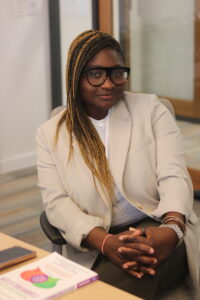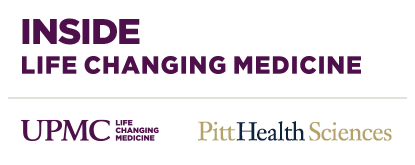Increased stress related to the COVID-19 pandemic was correlated with heavier menstrual bleeding, or menorrhagia, according to new research from the University of Pittsburgh, published in the International Journal of Women’s Health. The study also found that women with heavy bleeding were more likely to report severe pain, social isolation and poor mental health.

Dr. Martina Anto-Ocrah
The findings build upon previous research from lead author Martina Anto-Ocrah, Ph.D., M.P.H., M.T. (A.S.C.P.), assistant professor of medicine and epidemiology at Pitt’s School of Medicine, linking pandemic stress with changes in the menstrual cycle.
Menorrhagia accounts for about 20% to 30% of outpatient gynecological visits in the United States each year and affects an estimated 10 million individuals of reproductive age.
“We are still working to understand the multifactorial causes of menorrhagia, but we know that stress and menstrual cycles are intimately linked,” said Anto-Ocrah. “The negative effects of menorrhagia are often more pronounced for women already under stress, whether due to depression, poverty, the burdens of caregiving or other factors.”
Anto-Ocrah and her team developed a two-part survey that asked about pandemic-related stress and menstrual cycle changes between March 2020 and May 2021. The sample was geographically and racially diverse and included people aged 18 to 45 who identified as women and were not taking hormonal birth control.
Four in 10 survey participants with heavy menstrual bleeding, many of whom also reported high stress, indicated that their heavy bleeding experience was new during the pandemic. This exceeds population estimates of 20% to 30%. Further research is needed to identify the mechanistic pathways that contribute to new cases of menorrhagia and to tease out the nature of the relationship between stress and heavy bleeding.
Co-authors on the paper include Nabeeha Affan and Hemika Vemplalli, M.B.B.S., also of Pitt; Michael Chen, Ph.D., of JSI; Celestin Niyomugabo, M.S. of VONGSUNG in Rwanda; and J. Christopher Glantz, M.D., M.P.H. and Stefanie Hollenback, M.D., Ph.D. of the University of Rochester.
This research was supported by NINDS (K01NS121199).









